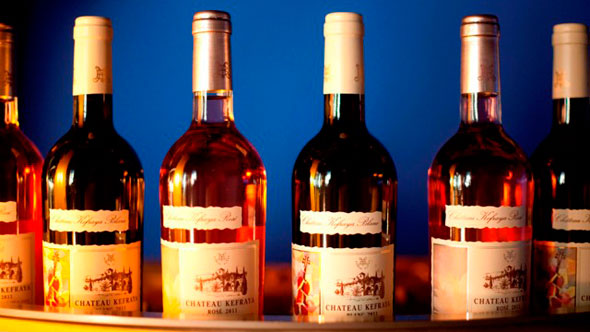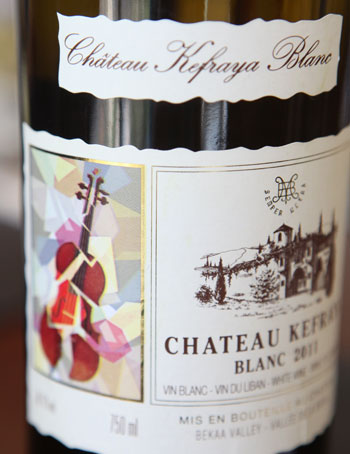Lebanese Wines: Success Made in Lebanon
Over a glass or two, Marcopolis spoke to Michel de Bustros, the founder of Château Kefraya, about his success made in Lebanon.

Lebanese Wines: Success Made in Lebanon
Over a glass or two, Marcopolis spoke to Michel de Bustros, the founder of Château Kefraya, the second largest producer of quality Lebanese wines. “The history of Château Kefraya, named after a village in the Western Bekaa Valley, begins in 1979 during the so-called civil war (which began in 1975), which meant there was nothing that stopped us from developing the project we had created,” he recalls.
Against all odds
Despite the Israeli military invasions in 1978 and in 1982, de Bustros carried on: “The winery was created in 1979 but it has been expanded four or five times since then. There were no concerns about what might happen politically in the future because, as everybody here knows, in Lebanon everyone reacts immediately. This immediate reactivity also applies to Château Kefraya,” the second largest producer of Lebanese wines.
The history of viticulture in Lebanon goes back to the Roman Empire. Roman rule began in 64 BC and lasted until the Arab invasions in the fifth and sixth centuries. From the Near East, Rome imported cedar and jewelry and among the wealthy Patricians it was “en vogue” to serve and drink Lebanese wines with their guests.
Digging in the past
“We have found grottos in which the Romans used to bury their soldiers and we have a beautiful view of the vineyards at 1,100 meters above sea level,” explains de Bustros, who markets his noble beverages under the slogan “A terroir, a soul, a great wine.”
For de Bustros, although quality has its price, it is not just for the “happy few”. “We try to emphasize the quality of our wines but it is not very easy because usually people are looking for inexpensive wines. However, people are getting increasingly used to comparing wines based on quality instead of just price,” he says.
“Our labels have the phrase “Semper Ultra” which translates from Latin as “always better” and “always higher”, meaning that as a company we pursue the highest possible quality.”
For the second largest producer of Lebanese wines, branding beyond the brand is the key to success. “Our labels have the phrase “Semper Ultra” which translates from Latin as “always better” and “always higher”, meaning that as a company we pursue the highest possible quality.”
In 2012, the firm has so far introduced two new products: Château Kefraya Blanc and Château Kefraya Rosé. The range of products is thus divided into three groups: Seduction Wines, Celebration Wines, and Prestige Wines.
Dreams for the future
Meanwhile, connoisseurs worldwide are discovering Château Kefraya and are ordering bottles online or by visiting distributors around the globe. Will the journey end here? De Bustros: “Perhaps someday there will be a hotel and resort on the property. That is one idea for the future. We are always aiming for more tourists.”